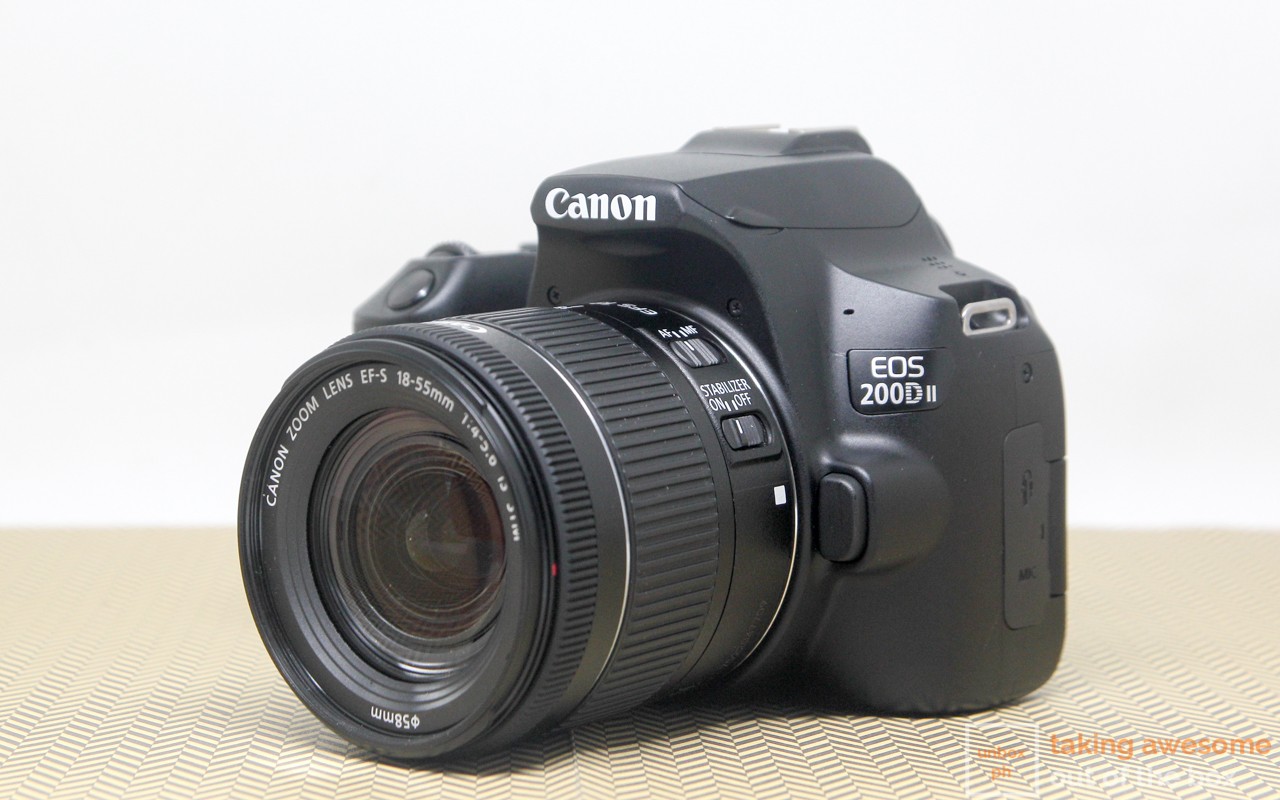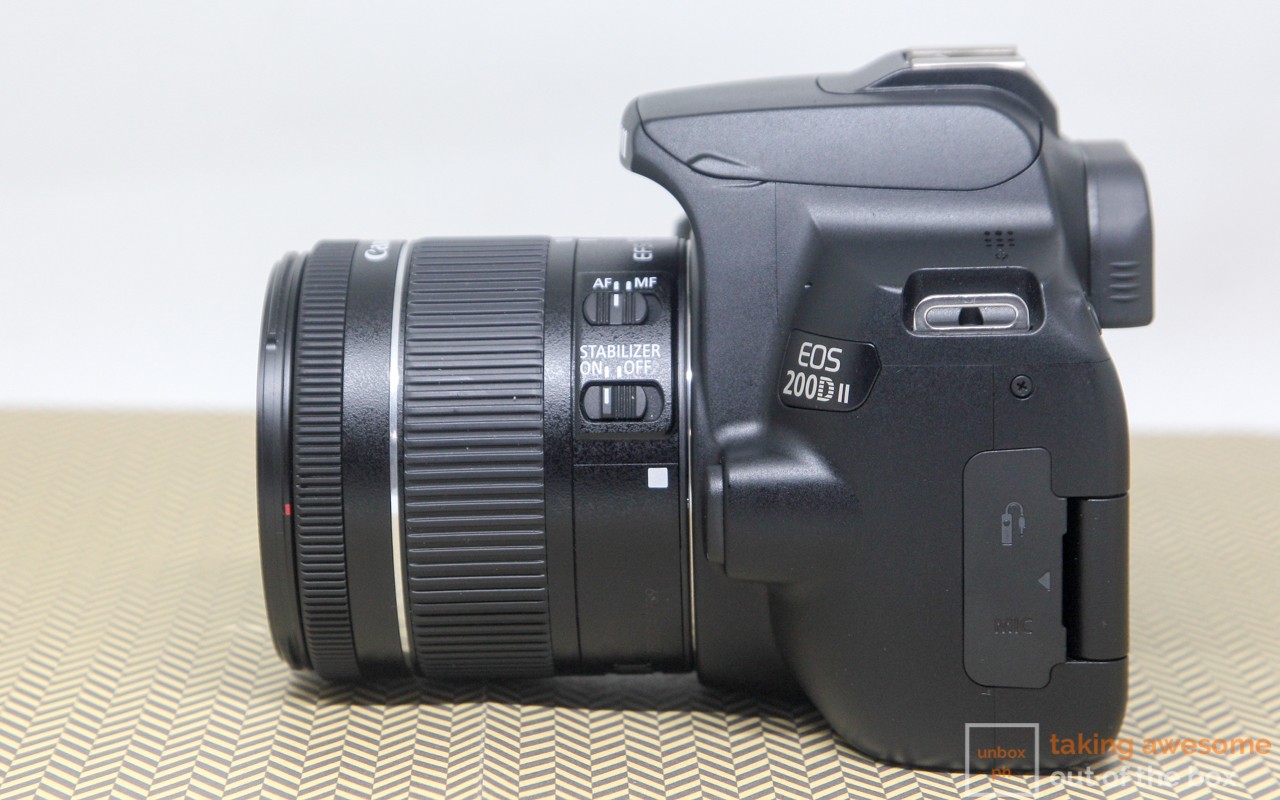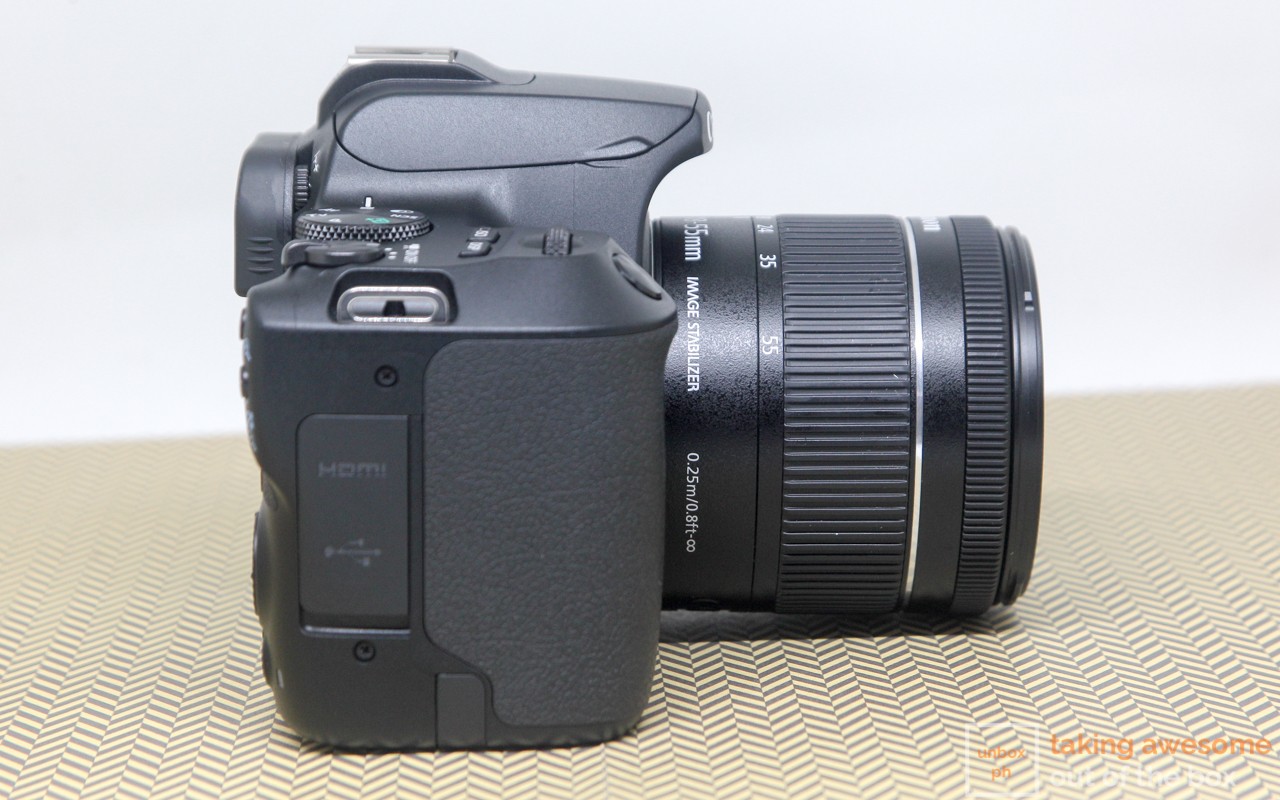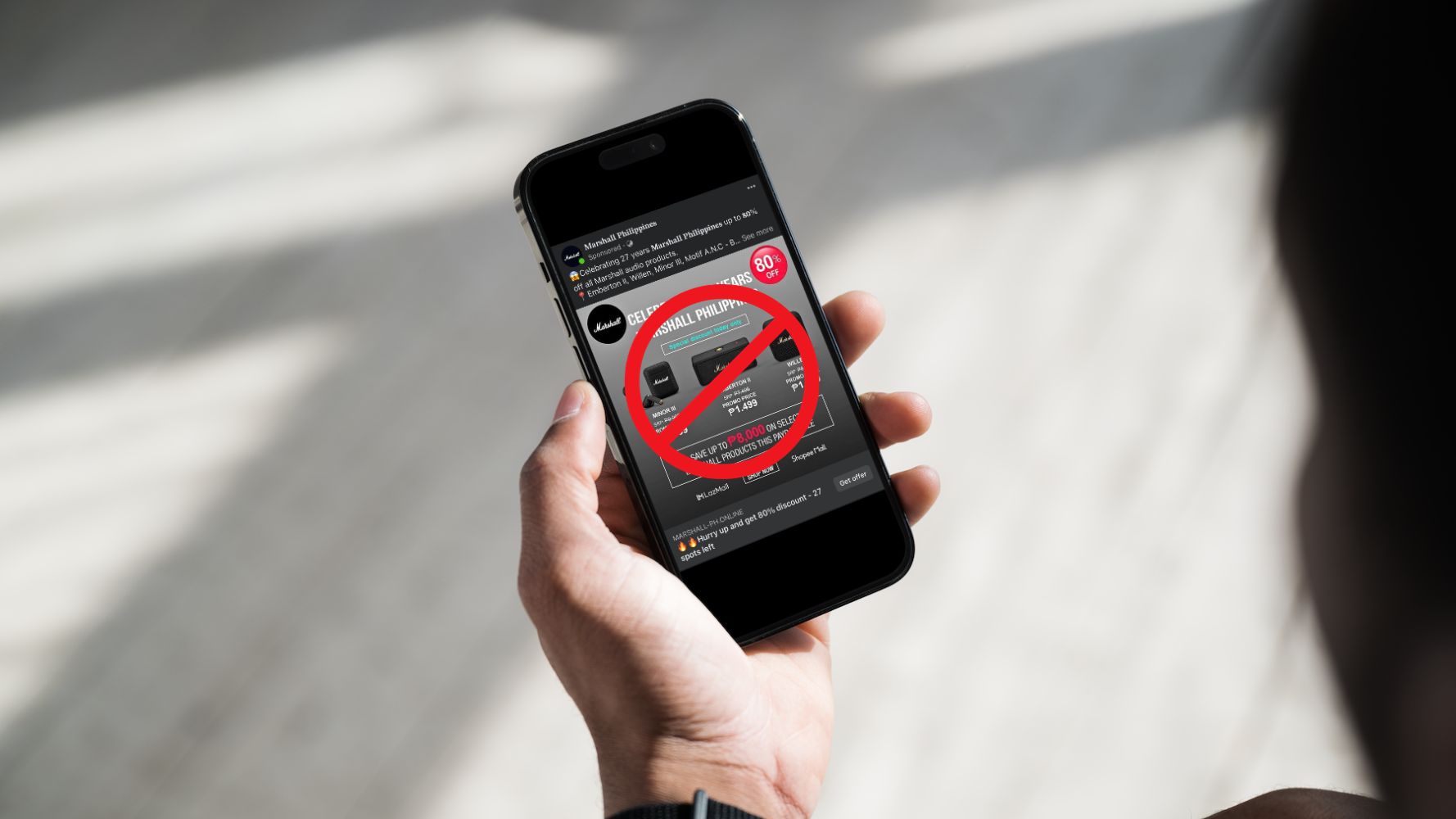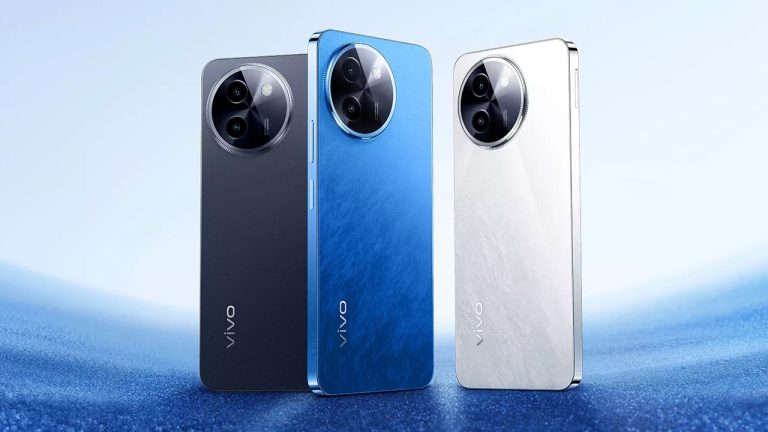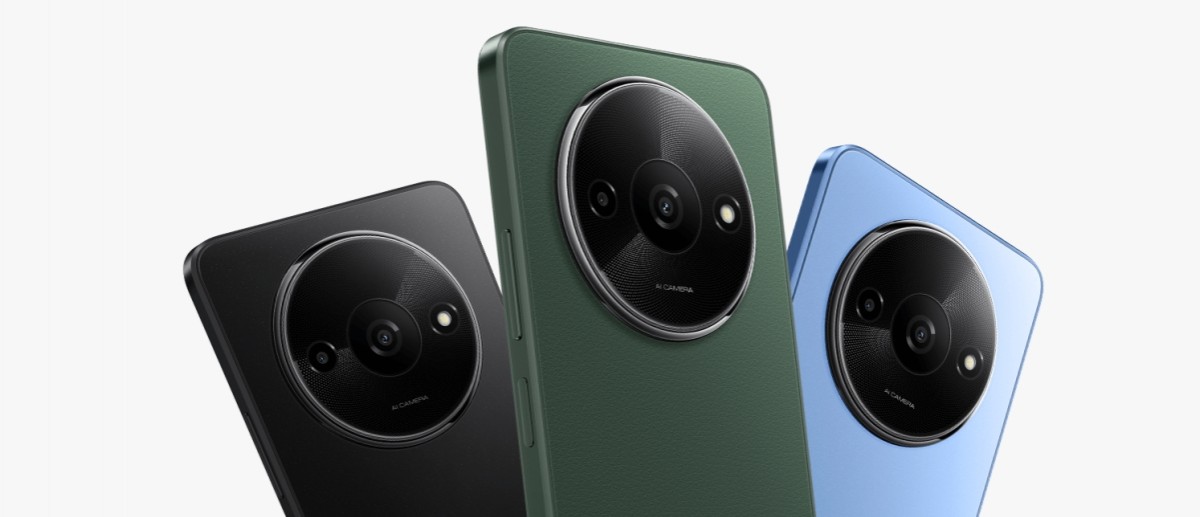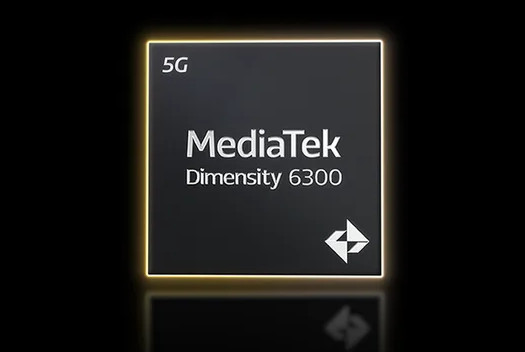We review the EOS 200D II!
The popularity of DSLRs has faded for quite some time now, especially with newer mirrorless cameras being just as capable (or even better) as their mirror-equipped siblings while offering a more compact build. However, brands like Canon still believe that there is still a market for DSLRs—tiny ones to be specific.
As a response, Canon introduced an update to the 2017 EOS 200D with the EOS 200D II. The new model comes with a DIGIC 8 processor, giving it features such as improved live view autofocus and 4K video recording—the latter being the first time Canon added such feature to their entry-level DSLR line.
 It is small AND light for a DSLR
It is small AND light for a DSLR
Canon wasn’t kidding when they said that the EOS 200D II was the smallest DSLR in the market. In fact, the EOS 200D II is smaller and lighter than the 12-year old EOS 400D, which was considered to be tiny back in the day.
Speaking of light, the EOS 200D II has approximately the same weight as Canon’s mid-range mirrorless cameras like the EOS M50. The EOS 200D II’s advantage, however, is that its DSLR form factor makes it easier to grip, which is important when dealing with large lenses.
 Familiar controls that will not intimidate beginner photographers and vloggers
Familiar controls that will not intimidate beginner photographers and vloggers
Just like all Canon cameras—both mirrorless and DSLRs—the EOS 200D II is made with beginners in mind. If you find the regular menu mode confusing, the EOS 200D II has a guided mode to make things easier for beginners. Buttons are well-placed in this camera, and the EOS 200D II’s vari-angle touchscreen display is responsive by default. If you are not satisfied with the touchscreen’s sensitivity, you can adjust it to your liking via the settings menu.
While the menu UI is intuitive, Canon can still improve on it. One of our complaints is that in order to access time-lapse movie mode, you will have to fiddle through the settings menu. On Canon’s mirrorless models, time-lapse movie mode is readily available once you are into video mode.
The EOS 200D II has all the ports every photographer and vlogger will need: micro HDMI, MicroUSB for tethering, remote control jack, and a 3.5mm microphone jack—the latter being an important feature for those who intend to use the EOS 200D II for vlogging. There’s also Bluetooth and WiFi as well should you want to share your photos on social media with your smartphone.
 Packed with essential features
Packed with essential features
Like its predecessor, the EOS 200D II has a 24-megapixel APS-C sensor and is packed with essential features you’d expect in an entry-level DSLR. These include Canon’s renowned Dual Pixel Autofocus, 100-25600 base ISO range (expandable up to ISO 51200), and up to 5FPS shooting. With the EOS 200D II’s DIGIC 8 processor, Canon made upgrades to its live view mode: this time around, you get 3,975 user-selectable AF points, along with a -4EV light sensitivity, making the EOS 200D II at par with most mirrorless cameras in the market when using live view.
Check out some of our favorite shots with the EOS 200D II. All photos are unedited and only resized for this article:
 4K video at last, but with a few caveats
4K video at last, but with a few caveats
Aside from its updated live view, the EOS 200D II’s most important new feature is its ability to shoot 4K video. Loyal Canon users have been asking for this feature for the longest time, and Canon finally made it available to its entry-level line.
As much as we appreciate the presence of 4K video recording, it has the same limitations found in the EOS M50. You are limited to shooting 4K video at 24FPS (or 25FPS if you are using PAL), you are stuck with Contrast Detect Autofocus—which is far slower than Canon’s Dual Pixel Autofocus, and you have to deal with a 2.56x crop factor.
While you can resort to manual focus with focus peaking if Contrast Detect Autofocus is not your cup of tea, the EOS 200D II’s crop factor in 4K makes it nearly unusable for taking wide-angle video footage.
On the video we did above, the 24mm lens we used is equivalent to around 62mm in 4K video. While Contrast Detect Autofocus gets the job done in daylight shooting, it struggles through in tracking subjects that are moving. We had to use manual focus (with focus peaking enabled) to shoot some scenes, as the EOS 200D II has a tendency of changing focus the moment it detects a different subject.
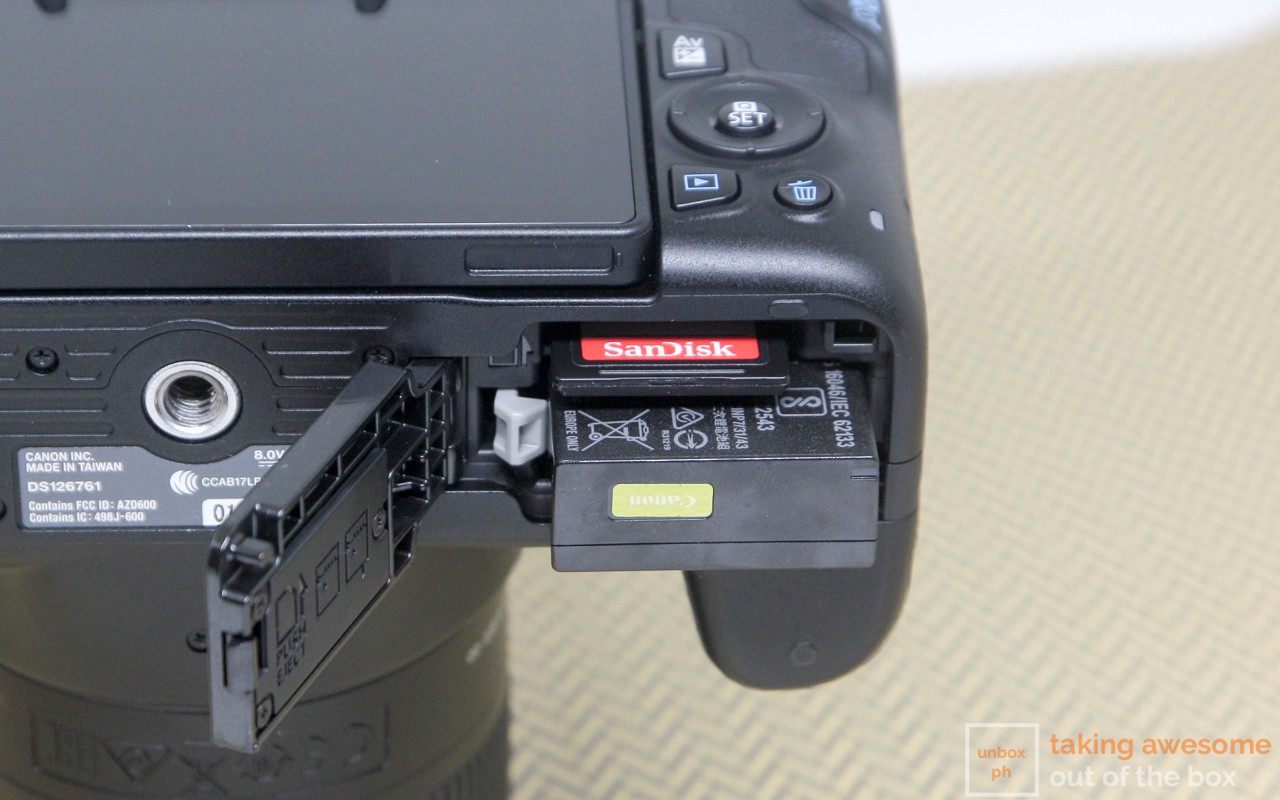 Keep extra batteries handy (if you are heavy on video)
Keep extra batteries handy (if you are heavy on video)
Like the EOS M50, EOS M6, EOS M100, and EOS RP, the EOS 200D II uses the same LP-E17 battery. Unlike its mirrorless siblings, battery life is better with the EOS 200D II since you have an option to use the optical viewfinder in taking photos, conserving power in the process.
While Canon quotes a better battery life on the EOS 200D II compared to its predecessor, it is advisable to bring spare batteries especially if you intend to shoot 4K video. In our experience, you can shoot around 15 minutes worth of 4K footage before you completely drain the battery one the camera.
Unlike most mirrorless cameras nowadays, you need a dedicated charger to juice up the EOS 200D II’s battery. It could have been better if the camera’s MicroUSB port supports charging so that you can just whip out your trusty power bank in case you run out of juice in the middle of a shoot.
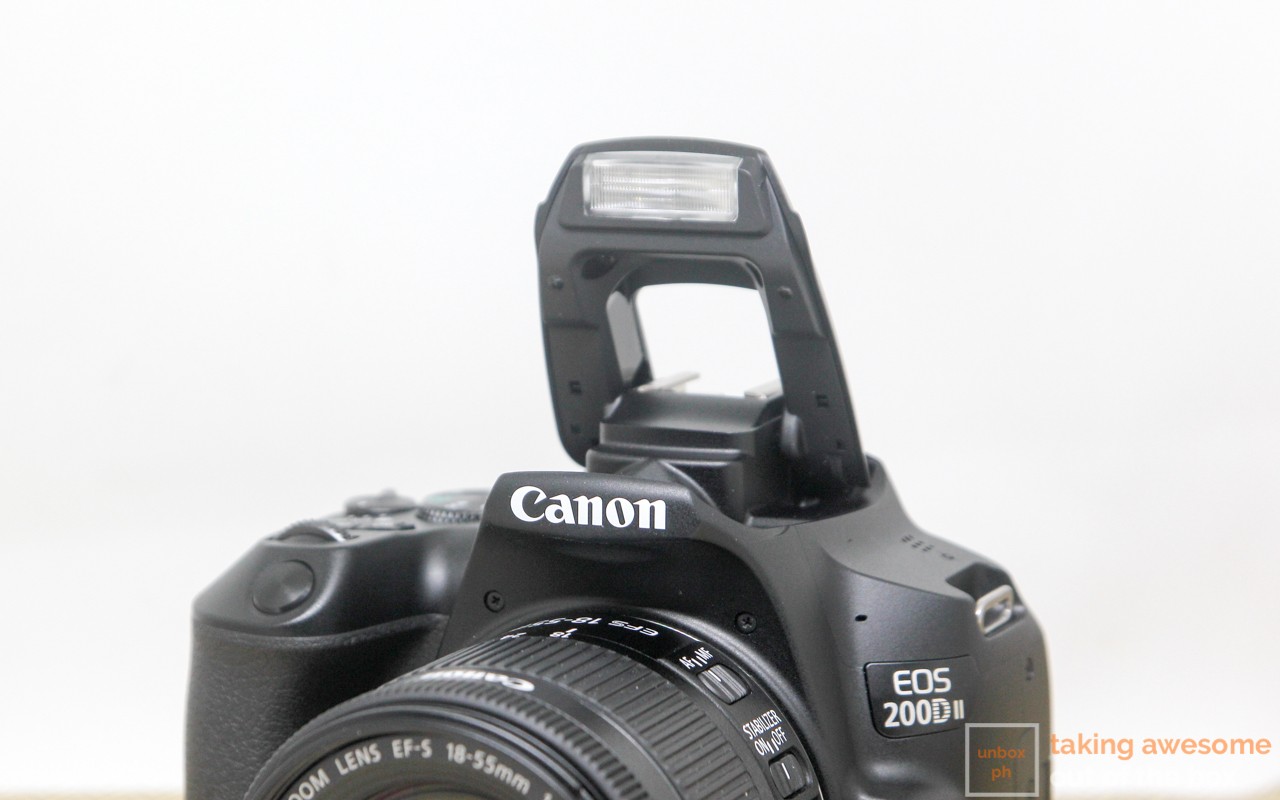 Verdict: A welcome upgrade, but in an awkward pricing spot
Verdict: A welcome upgrade, but in an awkward pricing spot
While the EOS 200D II is more of an iterative upgrade, it’s nice to see Canon add new features such as more focus points in live view mode and 4K video recording to its entry-level DSLR line. While some may argue that the EOS 200D II’s 4K video recording is crippled, it can be used as a secondary camera for B-rolls and talking heads—as long as you don’t need to shoot wide-angle footage in 4K.
However, with its asking price of Php 41,998 with the kit lens, the EOS 200D II is in an awkward spot. For a few thousand pesos more, you can get either the Sony A6300 or Fujifilm X-T20. While both models are dated (they are at least two years old), they can shoot 4K video without any crop factor.
If you have invested on Canon glass already, you might want to consider the EOS M50 instead: Canon’s mid-range APS-C mirrorless offering offers the same features found on the EOS 200D II while sporting a compact form factor. You will be spending roughly the same amount as well: the EOS M50 retails for Php 39,998 for the body while the EF-EOS M adapter is priced at Php 3,998.


